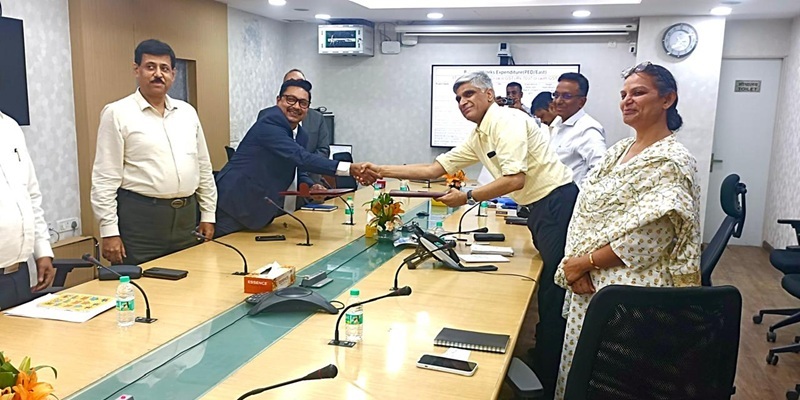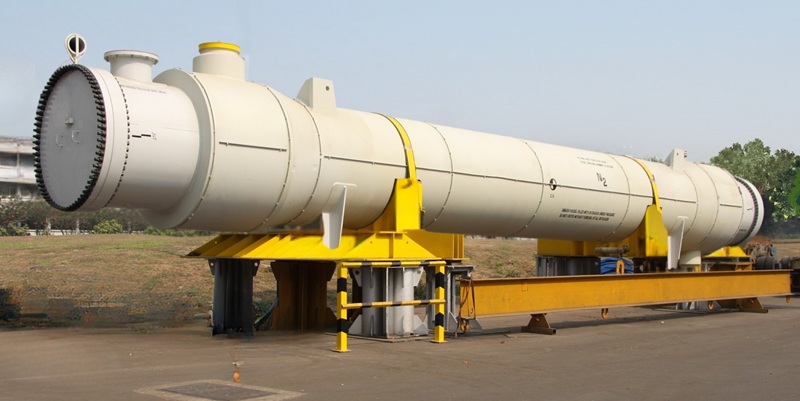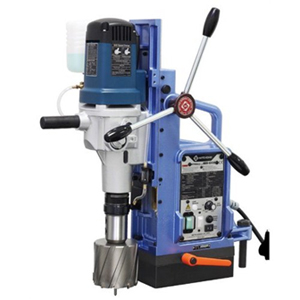Schedule a Call Back
India eyes $3 trillion industrial opportunity by 2035
 Industry News
Industry News- May 13,25

India’s industrial sector could
unlock a $3 trillion opportunity by 2035, driven by robust manufacturing growth
and major infrastructure investments, according to a report by Omniscience
Capital. The sector, which currently contributes 27.3% to India’s GDP, is
projected to exceed a 30% share as the country's GDP expands to a potential $10
trillion by 2035.
The report marks this as the next
major phase of the Amrit Kaal
vision, with a focused push toward industrial and services sector development
built on strong digital and physical infrastructure foundations. While the past
five years saw construction-led growth, manufacturing is expected to dominate
the industrial sector by 2035, contributing over 20% to GDP and accounting for
two-thirds of the sector's value.
Omniscience Capital emphasised
that higher domestic consumption—fuelled by rising per capita income—and
India’s target of $1 trillion in merchandise exports by 2030 will be major
growth drivers. Achieving this will require a 12% annual growth in exports, up
from the current $450 billion. Notably, India’s merchandise exports have shown
strong momentum, growing at an 18.8% CAGR over the past three years.
Ashwini Shami, EVP and Portfolio Manager, OmniScience Capital, “India is
poised to continue emerging as a preferred destination for manufacturing
investments due to the availability of raw materials, low labour costs, a favourable
corporate tax rate for manufacturing, and proactive government support through
incentives. The first two phases of India’s transformation through the Amrit
Kaal vision focused on building the digital and the physical infrastructure.
Phase 1 created a nationwide marketplace with GST, ONDC, UPI, Jan-Dhan
accounts, Aadhaar, and affordable telecom. Phase 2, still ongoing, focuses on
physical infra through the Gati Shakti initiative to enhance logistics
efficiency and future readiness. The third phase of Amrit Kaal will focus on
growth of Industrial and Services sectors.”
The report also underscores the
broader benefits of manufacturing growth, including job creation, reduced
import dependency, improved trade balance, and socio-economic upliftment.
However, it stresses the need for adoption of advanced manufacturing
technologies, streamlined supply chains, and a favourable business ecosystem.
Supporting this vision, the
Government of India is implementing 11 Industrial Corridor Projects under the
National Industrial Corridor Development Programme (NICDP), backed by Rs 99 billion
in sanctioned funding—nearly all of which has already been utilised.
Objectives
of the industrial corridors:
- Develop greenfield smart industrial cities with advanced infrastructure and urban
planning features such as plug-n-play setups and walk-to-work layouts.
- Attract large-scale industrial and MSME
investments to help achieve $2 trillion
in exports by 2030.
- Upgrade infrastructure in alignment with the PM GatiShakti National
Master Plan for improved multi-modal logistics and regional development.
- Create employment, with projections of 1 million direct and 3
million indirect jobs.
Key industrial
corridors and focus industries:
|
Corridor |
States
Covered |
Major
Industries |
|
Delhi-Mumbai (DMIC) |
7 |
Industrial clusters, logistics hubs, smart cities |
|
Chennai-Bengaluru (CBIC) |
3 |
Electronics, automotive, heavy engineering,
aerospace |
|
Amritsar-Kolkata (AKIC) |
6 |
Agro-processing, textiles, handlooms |
|
Bengaluru-Mumbai (BMIC) |
2 |
IT, textiles, engineering, biotech |
|
East Coast Economic Corridor (ECEC) |
4 |
Port-led industrialisation |
|
Hyderabad-Warangal (HWIC) |
1 |
Pharma, life sciences, textile, IT |
The initiative aims to elevate
India as a global manufacturing powerhouse, boosting exports, attracting
foreign and domestic investment, and enabling holistic economic growth across
states through modern, well-planned industrial ecosystems.
Related Stories

Saatvik Green begins construction for new solar manufacturing plant in Odisha
The facility is being developed on land sub-leased from Tata Steel Special Economic Zone Limited (TSSEZL)
Read more
Texmaco and Rail Vikas Nigam join forces to modernise India's rail infra
Two companies plan to set up a state-of-the-art wheelset manufacturing unit to improve domestic supply chains and reduce import dependence.
Read more













